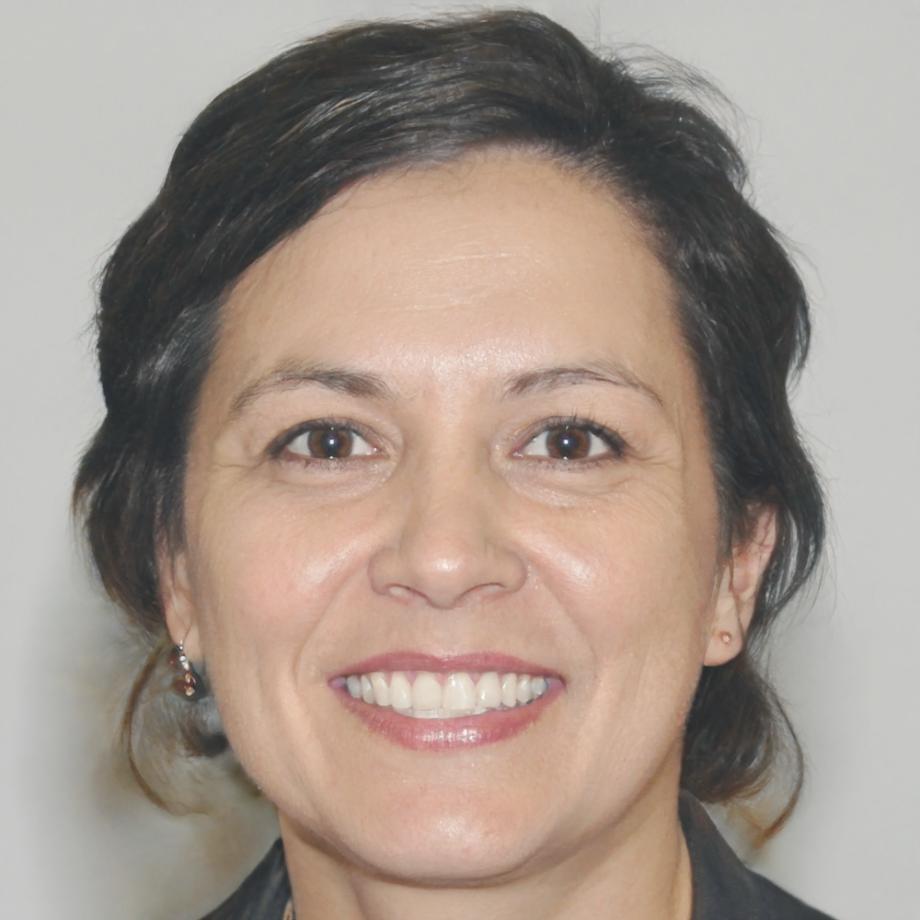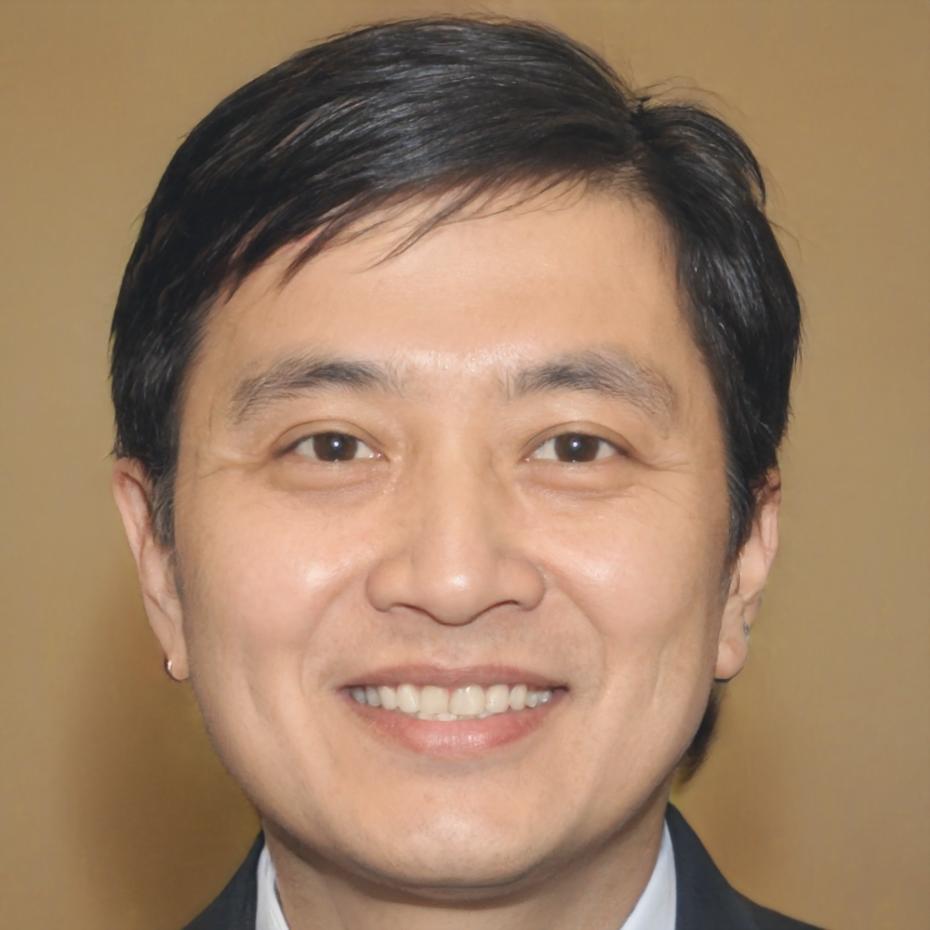How We Got Here
The path wasn't exactly linear. But looking back, each step made sense in helping us understand what analysts really needed from their training.
The First Conversations
Started with coffee meetings and way too many spreadsheets. We talked to analysts across different industries about what they wished they'd learned earlier in their careers. The gaps were obvious once people started being honest about their struggles.
Testing What Works
Ran small workshops with real scenarios from actual business problems. No theory for theory's sake. If something didn't help people build better models, we dropped it. Turned out people appreciated the honesty and practical focus more than we expected.
Finding Our Approach
Developed a structure that balanced technical skills with business context. We learned that great modeling isn't just about formulas. It's about understanding what questions you're trying to answer and why the numbers matter to decision-makers.
Growing With Our Community
Added more industry-specific content based on what people asked for. Banking analysts need different things than retail forecasters. We started building specialized tracks while keeping the core principles consistent across everything we teach.
What Drives Our Teaching
These aren't just nice words we put on a wall. They're the principles we return to when making decisions about curriculum, teaching methods, and how we support people through their learning.
Real-World Application
Every exercise comes from actual business scenarios. We don't believe in teaching techniques you'll never use. If it doesn't solve a real problem, it doesn't make it into our programs.
Honest Feedback
Learning financial modeling means making mistakes and fixing them. We create space where it's safe to ask questions and work through problems without worrying about looking inexperienced.
Context Over Formulas
Sure, you need to know the technical stuff. But understanding why you're building a model and what it means for business decisions matters just as much as getting the calculations right.
Continuous Improvement
We update our materials based on what's happening in industries right now. The business world changes, and our teaching should reflect that reality instead of relying on outdated examples.
The People Behind the Programs
Small team, diverse backgrounds. What we share is experience with financial analysis and a belief that good teaching should be straightforward and useful.

Celestine Navarro
Lead Curriculum Developer
Spent twelve years in corporate finance before realizing she preferred teaching others how to build models than building them herself. Has a weird talent for explaining complex variance analysis using everyday examples. Usually the one asking "but why would anyone actually need this?" during curriculum planning.

Roderick Palma
Technical Instruction Specialist
Former banking analyst who got tired of seeing new hires struggle with forecasting basics that nobody bothered teaching them properly. Believes most modeling errors come from rushing through assumptions. Known for insisting people document their logic before building anything.



What We're Working Toward
Our goal isn't complicated. We want to help analysts build models that make sense and provide genuine value to their organizations.
That means focusing on practical skills, industry context, and the kind of critical thinking that helps you catch errors before they become problems in board presentations.
We're not promising overnight expertise or guaranteed career transformations. Financial modeling takes time to learn properly. What we can offer is a structured path that avoids common pitfalls and focuses on techniques you'll actually use.
If you're looking to strengthen your analytical skills with training that respects your time and intelligence, we'd be glad to have you join our upcoming programs starting in autumn 2025.
Explore Our Programs